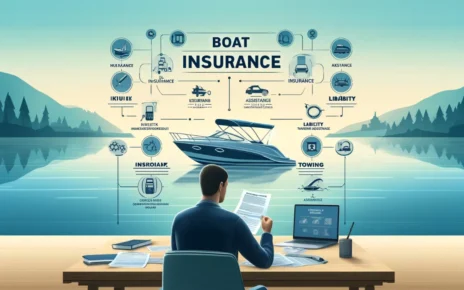Living in remote or rural areas offers unique joys and challenges. While the serene environment and close-knit community are perks, managing financial aspects like insurance and mortgages requires special attention. This guide provides key tips to help remote and rural homeowners navigate these financial challenges effectively.
Understanding Insurance Needs
1. Evaluate Environmental Risks:
Remote areas often face specific environmental risks such as wildfires, floods, or severe weather. Assess the prevalent risks in your area and ensure your insurance policy covers them adequately.
2. Consider Additional Coverage:
Standard homeowners’ insurance may not suffice for rural properties. Look into additional coverage options like wildfire insurance, flood insurance, and coverage for outbuildings and detached structures.
3. Communicate with Local Insurers:
Engage with insurance providers familiar with rural properties. Local insurers may offer tailored policies and better understand the unique risks associated with your area.
4. Explore Bundling Options:
Consolidate your insurance policies with a single provider to potentially receive discounts and cost savings. Bundling options for homeowners’ insurance, auto insurance, and other relevant policies can be beneficial.
5. Regularly Review and Update Policies:
Regularly review and update your insurance policies to ensure they reflect any changes in your property, possessions, or risk profile.
Navigating Mortgage Challenges
1. Research Lenders Specializing in Rural Mortgages:
Not all lenders are equipped to handle rural mortgages. Look for lenders experienced in financing properties in remote areas, as they understand the unique challenges and requirements.
2. Understand Property Appraisal Challenges:
Property appraisals in rural areas can be complex due to limited comparable properties and unique land characteristics. Work with a lender who understands these nuances.
3. Save for a Larger Down Payment:
Lenders may require a larger down payment for remote properties due to higher risks. Start saving early to ensure you have sufficient funds for the down payment, closing costs, and contingencies.
4. Consider Government Programs:
Explore government-backed loan programs designed for rural homebuyers, such as USDA loans or VA loans for eligible veterans. These programs often offer favorable terms and may be easier to qualify for than conventional mortgages.
5. Factor in Additional Costs:
Owning a home in a remote area may entail additional costs such as well maintenance, septic system upkeep, and private road maintenance fees. Factor these expenses into your budget to ensure comfortable homeownership.
Conclusion
Remote and rural living offers many benefits, but it requires careful financial planning. By understanding the unique risks, exploring tailored insurance options, and working with knowledgeable lenders, homeowners can protect their investment and navigate the path to homeownership confidently. Proactive planning and ongoing evaluation are key to ensuring financial stability and peace of mind in your rural oasis.



